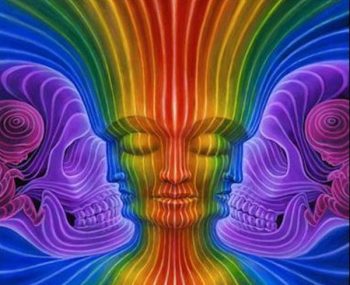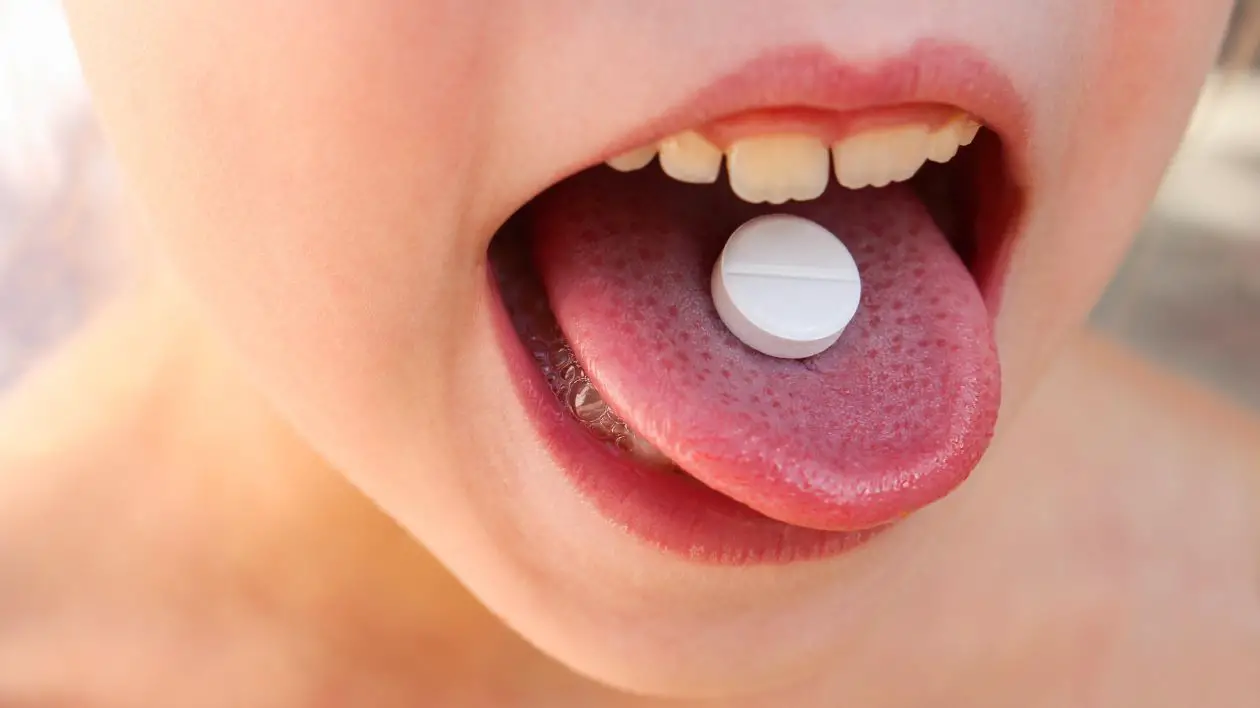Contributing Writer for Wake Up World
“LSD is a psychedelic drug which occasionally causes psychotic behavior in people who have NOT taken it.” ~ Timothy Leary
In 1960, Timothy Leary had a bright future as a 39-year-old psychology lecturer at Harvard. Already, he had made important strides in behavioral psychology research. Then he came across an article in Life Magazine about hallucinogens and, like many others back in the day, he was intrigued.
So he ventured down to Cuernavaca, Mexico with friends, acquired a few psilocybin “magic” mushrooms and was deeply impressed by his experience. It subsequently opened up an entirely new path for exploring the psyche at Harvard. Soon after his return, he was doling out psilocybin to students and colleagues, which lead to the formation of various research projects. Later Leary was also exposed to LSD, which became his primary drug of choice. Eventually, he was booted out of Harvard for his research antics and began a life-long exploration of the effect hallucinogens have on the psyche, as well as on the spirit.
[pro_ad_display_adzone id=”110028″]
On a more sinister side, the CIA also dabbled with experiments involving LSD — but for entirely different reasons. Recognizing the drug created disorganized mental states (which could possible lead to widespread control of populations), CIA agents underwrote unethical experiments on vulnerable segments of society — like prisoners, addicts and mental patients. Ultimately, the agency wanted to lace the water supplies of countries that were deemed “problematic” for the US. Fortunately, challenging logistics put the brakes on following through with such an appalling agenda and the idea faded into history.
Jump to the year 2016 and LSD is once again in the spotlight — this time with researchers establishing the first measurable evidence of higher states of consciousness induced by the drug.
Neural Signal Diversity Lights Up with Psychedelic Use
“The present study’s findings help us understand what happens in people’s brains when they experience an expansion of their consciousness under psychedelics.” ~Researcher Robin Cahart-Harris.
Neuroscientists at the University of Sussex, UK, have found that those under the influence of psychedelic drugs have a substantial increase in neural diversity, which creates higher levels of consciousness.
Previous research established there’s heightened signal diversity in “aware and awake” brains, compared to when we sleep — which is a helpful measurement for identifying different levels of consciousness. But this is the first study to show levels above baseline.
Says Professor Anil Seth, Co-Director of the Sackler Centre for Consciousness Science at the University of Sussex:
“This finding shows that the brain-on-psychedelics behaves very differently from normal. During the psychedelic state, the electrical activity of the brain is less predictable and less ‘integrated’ than during normal conscious wakefulness – as measured by ‘global signal diversity’. Since this measure has already shown its value as a measure of ‘conscious level’, we can say that the psychedelic state appears as a higher ‘level’ of consciousness than normal – but only with respect to this specific mathematical measure.”
For the study, researchers used imaging technology to document electrical activity in the brain for those under the influence of psilocybin, ketamine or LSD. Each drug triggered increased levels of neural signal diversity.
The volunteers — twenty physically and mentally healthy individuals — attended a clinic on two different days. For the first, they received an injection of 75mcg LSD. The second, a placebo. Three types of brain imaging technology were used: arterial spin labelling, resting state MRI and magnetoencephalography. Scientists measured blood flow, functional connections within and between brain networks, and brainwaves in the volunteers on and off the drug.
The scans indicated that, while on the drug, participants were “seeing with their eyes shut” — where brain areas responsible for vision, attention, movement and hearing became increasingly connected, with what looked like a “more unified brain”. But other networks deteriorated, with loss of connections between the parahippocampus region and the retrosplenial cortex.
The team believes this type of brain activity could be responsible for the sense of oneness people feel with others and nature while on the drug. Psychedelics can also be seen as reversing the more restricted thinking we develop from infancy to adulthood.
“This experience is sometimes framed in a religious or spiritual way, and seems to be associated with improvements in wellbeing after the drug’s effects have subsided,” said senior researcher, Robin Carhart-Harris.
Importantly, the study may pave the way for LSD and other psychedelic drugs to be utilized therapeutically in the treatment of psychiatric disorders — such as depression and addition — by affecting thought patterns.
As Amanda Feilding, director of the Beckley Foundation, told The Guardian: “We are finally unveiling the brain mechanisms underlying the potential of LSD, not only to heal, but also to deepen our understanding of consciousness itself.”
Tripping on LSD Could Unlock Child-like Creativity (Video)
A long-awaited study has produced groundbreaking images of the heightened brain activity unleashed by LSD. David Nutt, a former drugs adviser to the government, say the research shows how an acid trip works on the brain and will improve understanding of how the drug can be used in the name of science and health.
Article Sources:
- http://www.salon.com/2013/12/14/timothy_learys_liberation_and_the_cias_experiments_lsds_amazing_psychedelic_history
- http://www.sussex.ac.uk/newsandevents/index?id=39992
- http://www.upi.com/Science_News/2017/04/19/Neuroscientists-measure-higher-state-of-consciousness
- https://www.theguardian.com/science/2016/apr/11/lsd-impact-brain-revealed-groundbreaking-images
- https://www.theguardian.com/science/2017/apr/19/brain-scans-reveal-mind-opening-response-to-psychedelic-drug-trip-lsd-ketamine-psilocybin
- https://www.nature.com/articles/srep46421
- https://www.sciencedaily.com/releases/2017/04/170419091624
Recommended articles by Carolanne Wright:
- Scientists Warn Chemotherapy Treatment May Encourage Aggressive Tumors and Spread Cancer
- Renowned Harvard Psychologist Says ADHD is Largely a Fraud
- Hyperbaric Oxygen Treatment Reverses Fibromyalgia in 70% of Patients, Researchers Find
- Wealth and Social Media Breed Narcissism and Lack of Empathy, Says New Research
- Over 100 Scientific Studies Agree: Cannabis Annihilates Cancer
- If You Care About Animals and the Earth, Here’s Why You Need to Boycott Palm Oil Immediately
- Latest Research on CBD Oil Offers New Hope for Healing Leaky Gut Syndrome and Autoimmune Disorders
- Scientific Breakthrough: Alzheimer’s Ultrasound Therapy Fully Restores Memory Function in Mice
- Why You Should Have a Himalayan Crystal Salt Lamp in Every Room of Your House
- New Research Links Hand Sanitizer Use With Thyroid Cancer
- Google’s True Origin Closely Tied to the CIA (Central Intelligence Agency)
[pro_ad_display_adzone id=”110025″]
[pro_ad_display_adzone id=”110027″]







